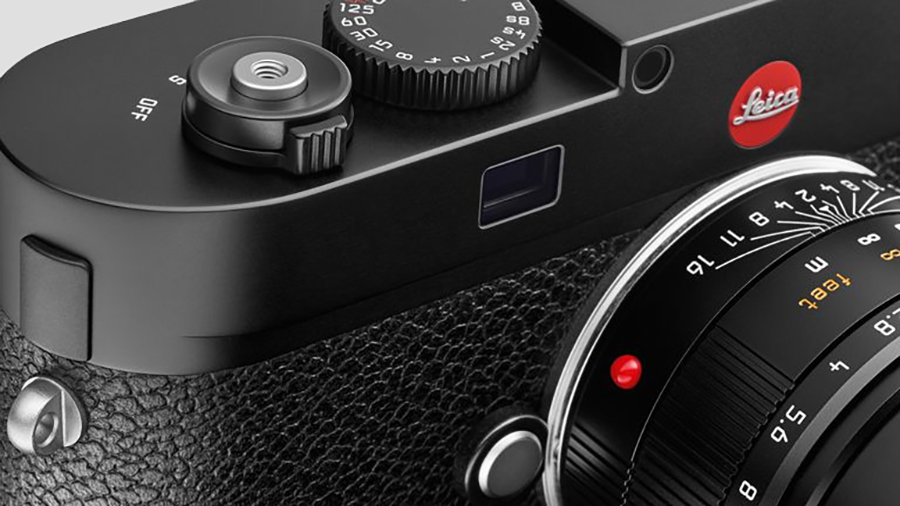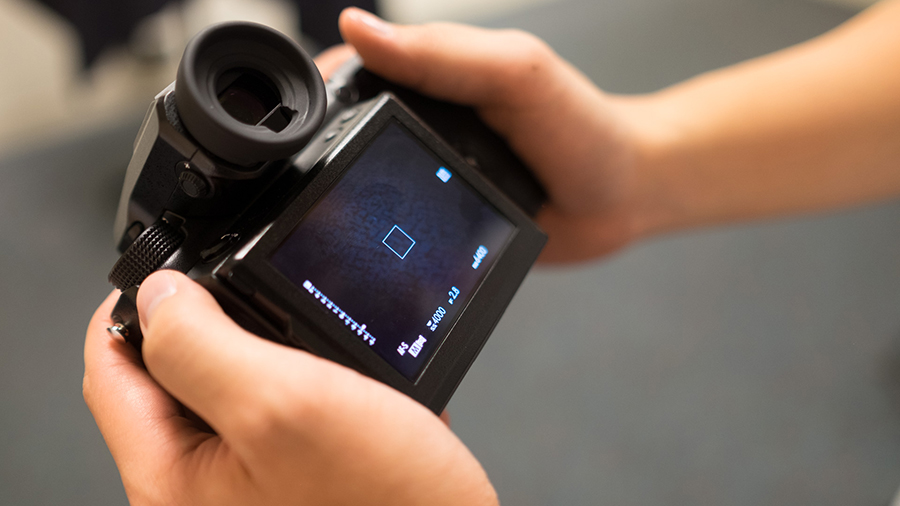The expert guide to getting good firework photos this bonfire night
Remember, remember, these photography tips


Everyone wants a good picture of the firework show come bonfire night, but fireworks are notoriously difficult to get a decent shot of, even if you're using some high-end kit - you have a very bright light against a very dark background, and the effect is gone in seconds.
However, all is not lost if you know what you're doing, and we've collected together a set of tips and tricks to help you get the best fireworks shots possible, no matter what camera you're using. All that's left then is to upload the eye-catching results to Instagram or Facebook.
Top image: Amir Kbah/Flickr under CC 2.0
Tips for smartphones

A smartphone camera isn't the ideal tool for capturing firework displays, but you can work with it. Depending on the make and model, there might be a fireworks mode in the camera app's settings, but at a pinch a night mode can be useful too.
These modes, if you have them, will ramp the exposure times right up to let as much light as possible into the camera, which brings us to one of the most important parts of firework photography - keeping your camera still.
You probably don't want to lug a tripod down to the park if you can help it, but you should make sure you're leaning against something (a tree, a friend) to keep your shots as steady as possible. If you're prepared to spend a bit of money in your quest for the perfect shot, there are a range of portable and funky phone tripods and grips around.
If you don't have a dedicated mode available, see if there are manual controls somewhere in your camera app - if you can, switch to a longer shutter speed and reduce the ISO. Absolutely switch off your flash, as it's not going to make any difference, and forget trying to zoom (just crop it afterwards).
Get all the latest news, reviews, deals and buying guides on gorgeous tech, home and active products from the T3 experts

There are third-party apps available if your default camera app doesn't have those kind of tweaks available. Manual is an excellent choice for iOS, though you'll have to pay £2.99 for it; ProCam 4 is another good option with manual settings though it's even more expensive than Manual at £3.99.
Over on Android there are plenty of options to pick from. Camera FV-5 is £2.49 but well worth the money, while Camera Zoom FX Premium costs a little extra at £2.99 but comes with a whole host of effects and features besides manual controls. In terms of free options Open Camera is one of the best.
Some camera apps, including the default ones in the Apple iPhones and Google Pixels, let you fire off multiple shots in quick succession, and it's often a good idea to make use of this feature - it means you get a selection of pictures to choose from, so you can find the one that gets the fireworks at their most vibrant.
If you can lock the focus in place, usually with a tap on the screen, then do so. Use the first firework as a guide and then keep the same focus set for all your subsequent snaps.
Tips for digital cameras

Like smartphones, most digital cameras will come with a fireworks scene mode too: the shutter speed is increased to capture as much of the effect as possible, the aperture is knocked down, and the focus point is locked to infinity - those explosions are going to be a long way off, after all.
For those taking the manual approach, Olympus recommends an ISO setting of 100, an f-stop of f11 and white balance set to 5300K, with colours enhanced and sharpness softened. All cameras are different, but those are good guidelines to work from if you're getting set up. If you have the luxury, take a few practise shots on the early fireworks.
Shutter speeds of a few seconds let you capture longer trails - if you'd rather just capture moments in time rather than all the after-effects, dial the shutter speed back down again. Timing is important here too, especially with longer exposures, as you need to make an educated guess about when the bangs are actually going to happen.
Your photos have a much better chance of coming out well with a professional bit of kit, but just like smartphones, keeping the camera steady can really help those fireworks look sharp and crisp against the night sky. If you're in a position to get a tripod set up then that's ideal, otherwise do the best you can with what's available.

A lot of people - including Tom Bricker at the Disney Tourist Blog - recommend using a remote control to shoot fireworks. It means you can keep your eye on the bigger picture while snapping away, and is another trick for keeping your camera still.
In the midst of all this technical talk, don't forget the basics, like composition. Consider what else you want in the shot (silhouetted buildings or people perhaps) and plan accordingly - if you can, arrive early or even scout out the scene in advance. Find out where the fireworks will be and make your plans accordingly.
Vary the orientation too. Landscape usually works best but you can experiment with a few Snapchat-style portrait shots for those huge rockets.
Here's a final tip no matter what device you're using: consider shooting some video alongside those photos. Most phones and all newer cameras shoot video at a very good resolution, so you can pick out the best frames - though again it's important to keep the shots as steady as possible.
Dave has over 20 years' experience in the tech journalism industry, covering hardware and software across mobile, computing, smart home, home entertainment, wearables, gaming and the web – you can find his writing online, in print, and even in the occasional scientific paper, across major tech titles like T3, TechRadar, Gizmodo and Wired. Outside of work, he enjoys long walks in the countryside, skiing down mountains, watching football matches (as long as his team is winning) and keeping up with the latest movies.
